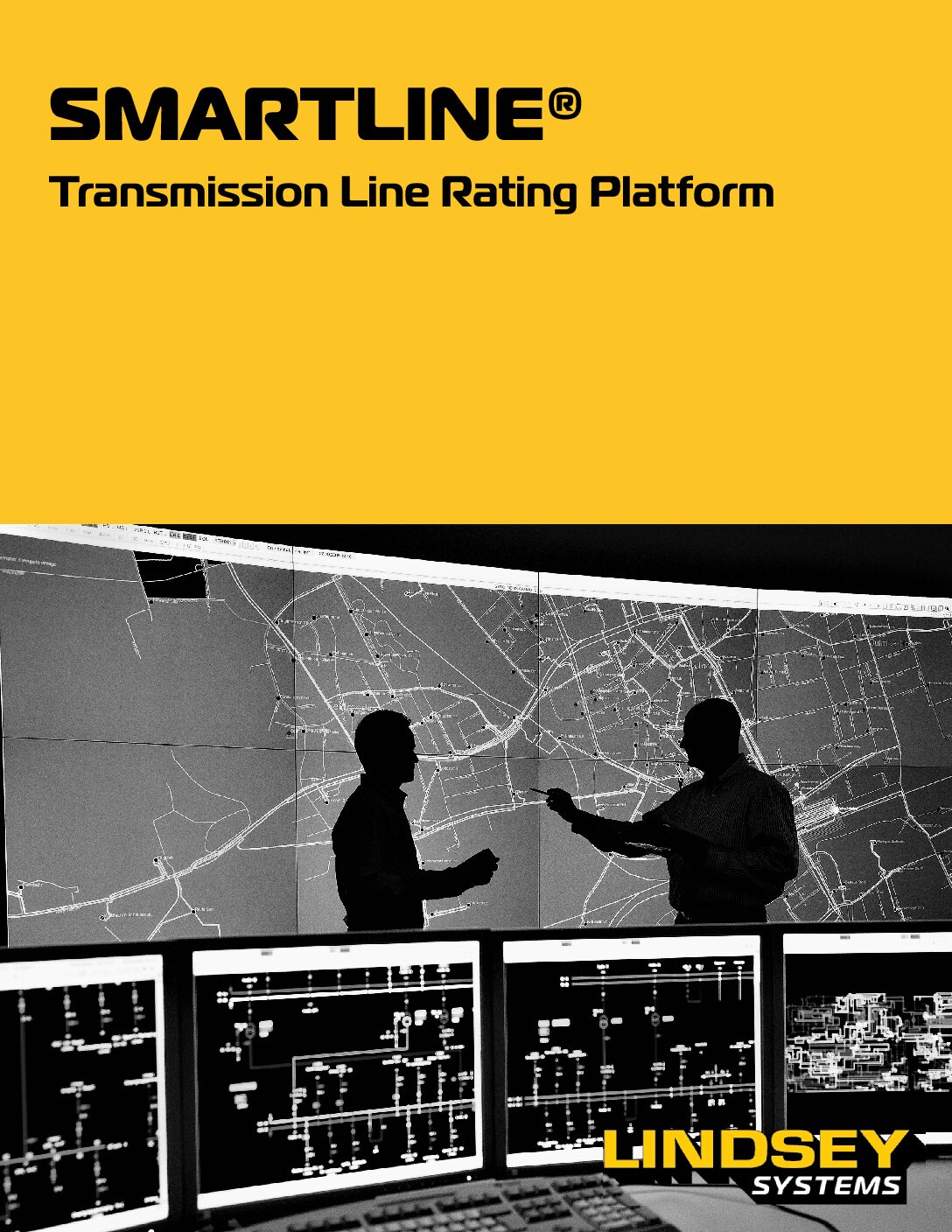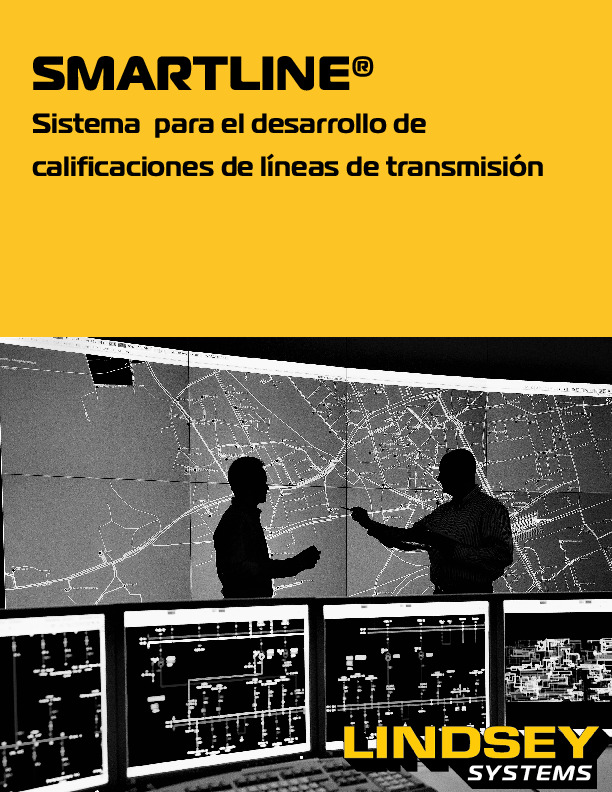SENSORS
Transmission Line Conductor Monitor
The TLM Conductor Monitor

Get a complete, continuous picture of conductor behavior in real-time including actual conductor clearance-to-ground (not sag), conductor temperature, and line current with the Lindsey TLM Conductor Monitor.
Affordable, easily installed, self-powered, and self-communicating, the TLM conductor monitoring solution is suitable for live (hot) line installation through 765kV.
The TLM conductor monitor provides the continuous data on conductor behavior required for facility rating, regulatory compliance, and dynamic line rating. The TLM monitor is also the heart of Lindsey’s SMARTLINE-TCF transmission capacity forecasting system.
- Ensure electrical clearance compliance by continuously measuring the distance from the conductor to the nearest object below it.
- Know the true facility capacity rating of your line by monitoring the operating temperature of your conductor.
- Combine TLM data with Lindsey SMARTLINE dynamic line rating software to increase transmission capacity, defer investments and improve grid resiliency.
The TLM is sold as part of the SMARTLINE-TCF line rating system.
How does TLM work?
The TLM monitor contains a full suite of sensors contained in a corona-free package powered from line current.
-
- Conductor Clearance: An on-board LiDAR sensor provides highly accurate line clearance measurements, regardless of tower or insulator motion, or varying span lengths.
- Conductor Sag: Built-in inclination sensing provides a direct measure of a conductor’s inclination as it relates to sag.
- Line Current: Measurements are made simultaneously with clearance; critical information on lines with multiple taps.
- Conductor Temperature: Sensor keeps track of excessive temperatures that lead to conductor annealing.
- Secure Communications: Satellite radio ensures reliable communications in even the most remote locations with no dependence on any other infrastructure. Use of the Iridium satellite network requires no other hardware to be installed on the line other than the TLM devices, and requires no other setup or configuration effort as is typically associated with an RTU.





